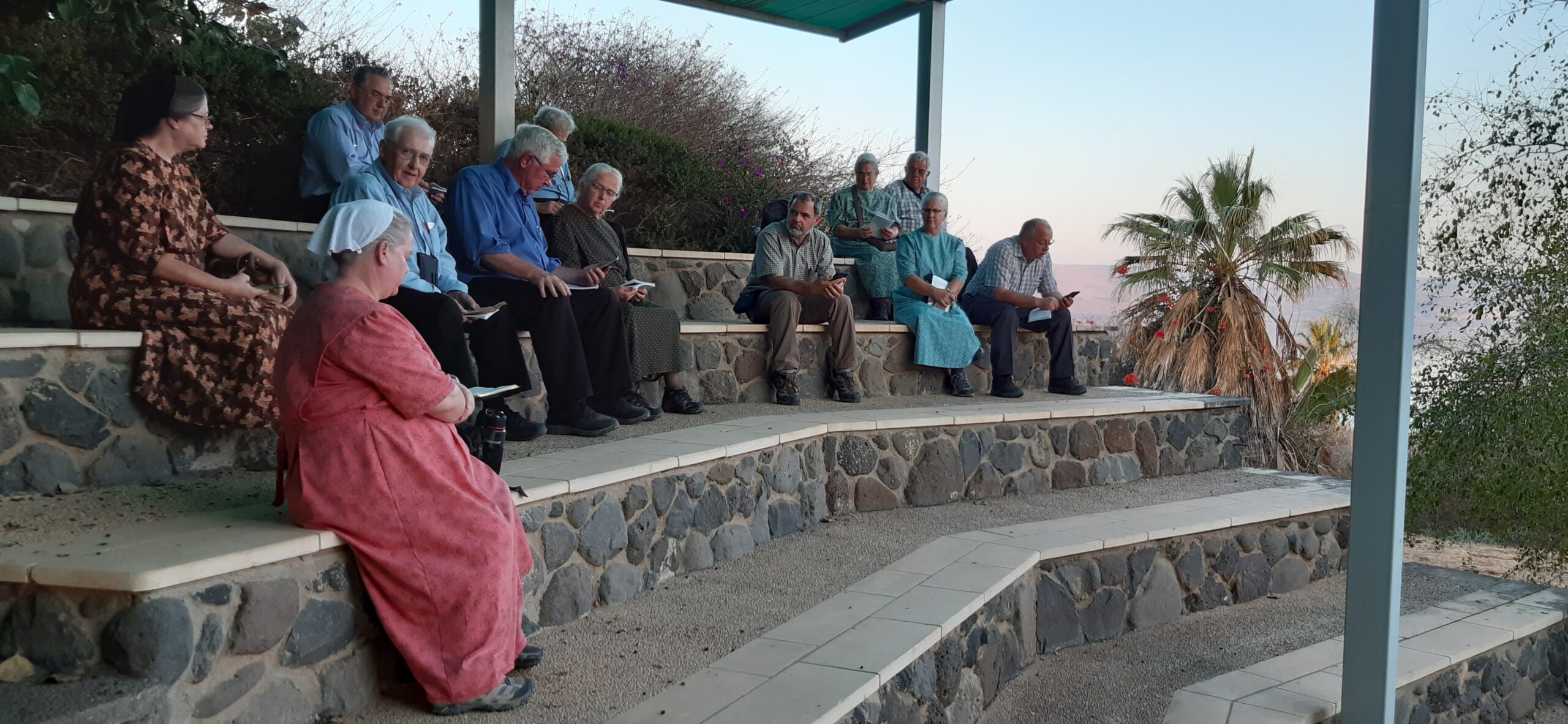The Ron Beach Hotel is acomodating and our room has a view of the Sea of Galilee. It was a welcome sight to see the breakfast buffet had some American fair: Eggs, toast, pancakes etc, along with Israeli options.
On the ride to Tel Dan we saw Rosh Pina, the first settlement (first Ailyah) in 1882. We passed the fort of Hazor, mentioned in Judges as conquered Deborah.
Tel Dan Nature Reserve had both natural beauty and historic interest. First we walked through a wooded area of one of the springs that feeds roughly 50% of the Jordan River.
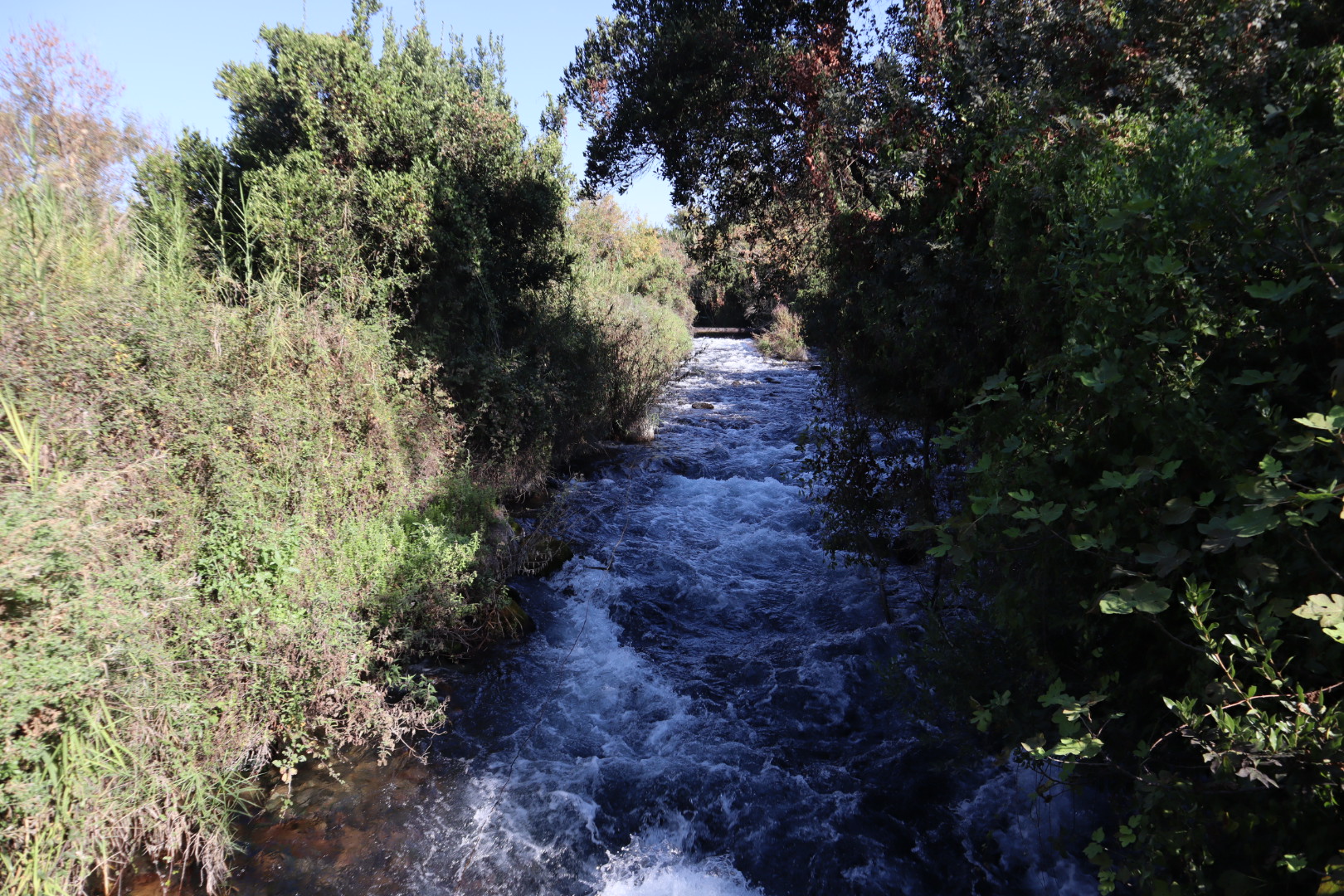
Tel Dan is the area of the ancient Israelite city of Dan. We saw (what appeared to be a large Yahweh altar based on diminsions and uncut stone) altar at the gate of the city. Inside we saw the platform where the king or his representive sat to meet with the people “at the gate”.
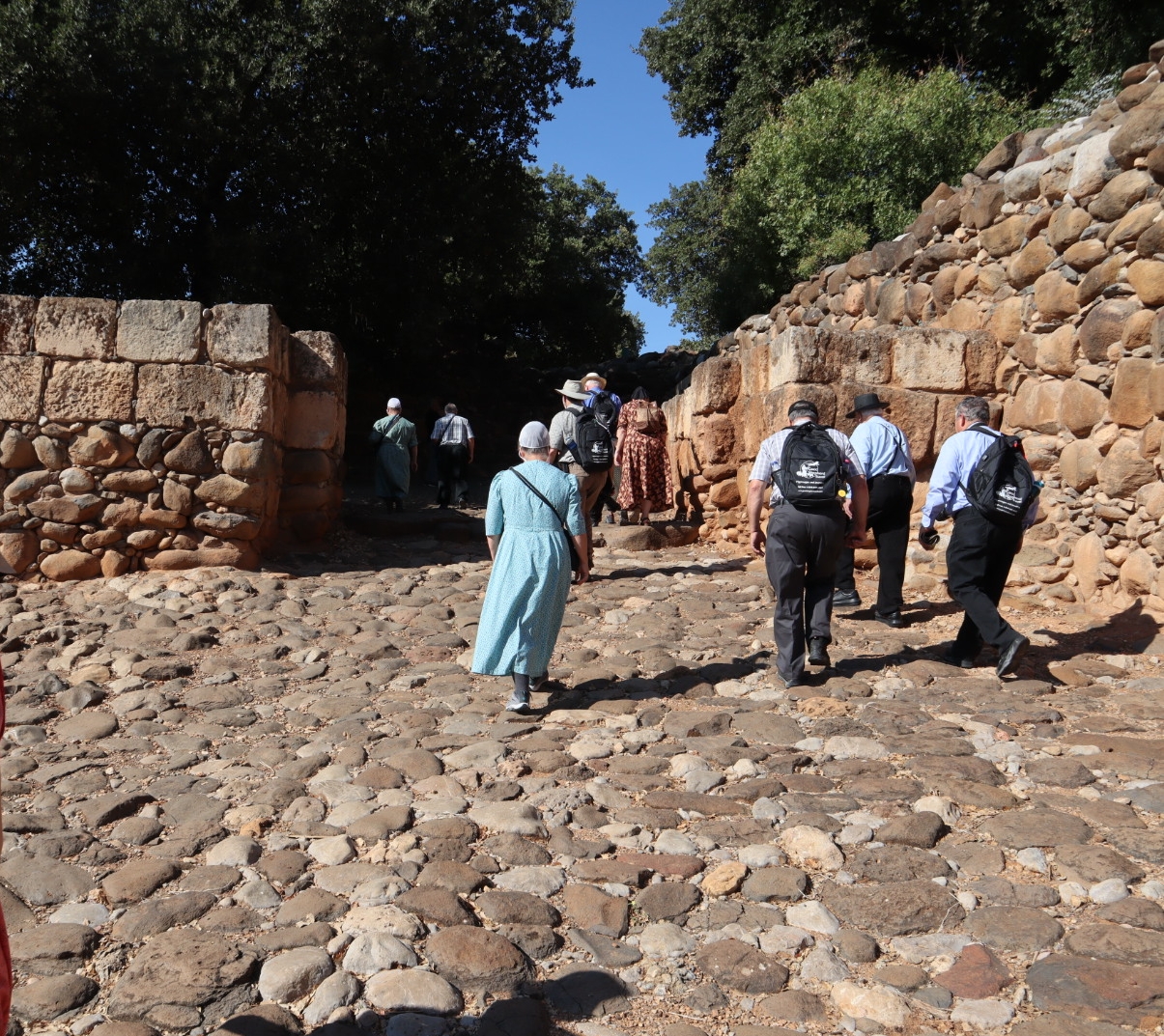
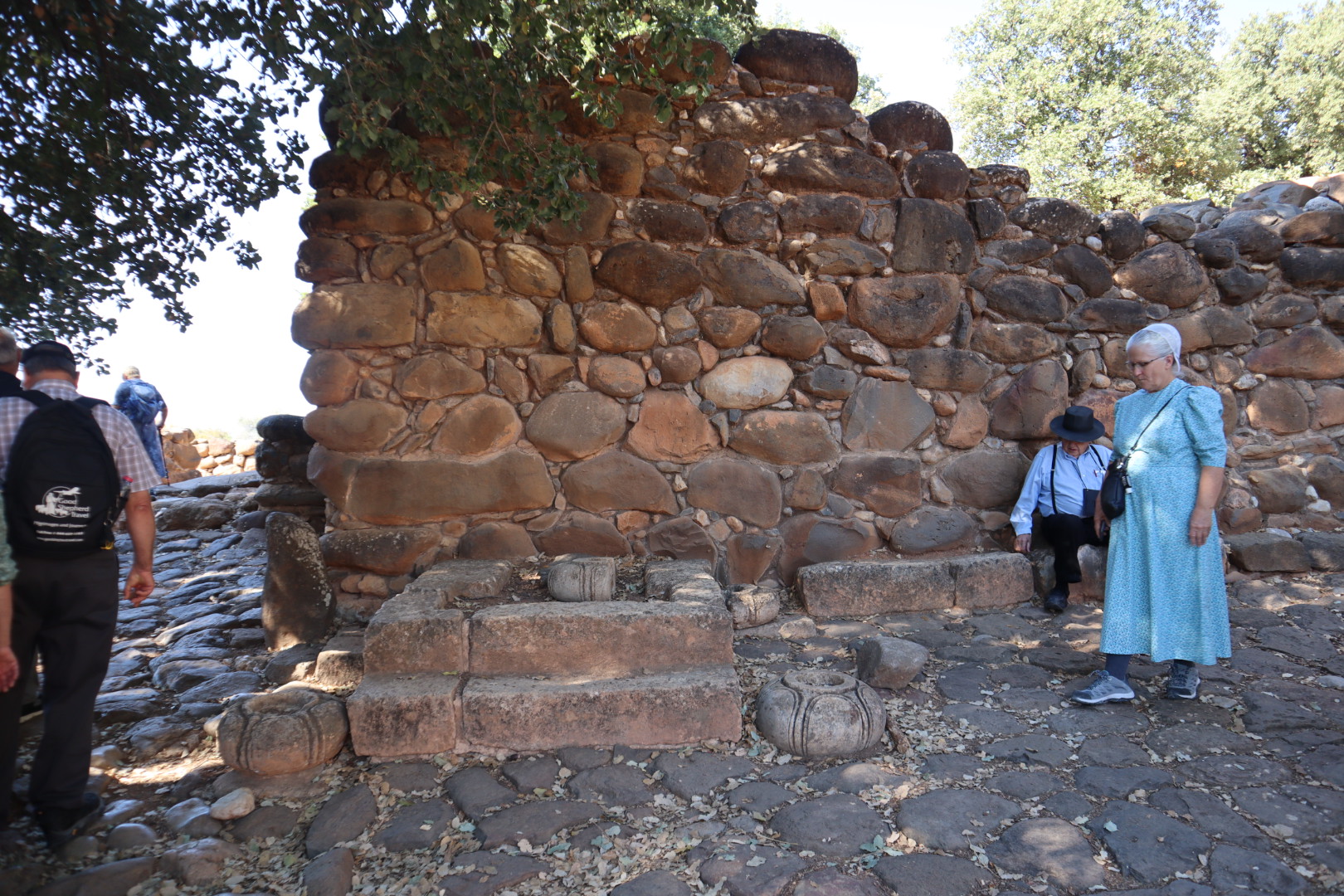
There was also a high place for golden calf worship which was indicated by the cut stones, dimensions and steps (which were not allowed by Yahweh worship).
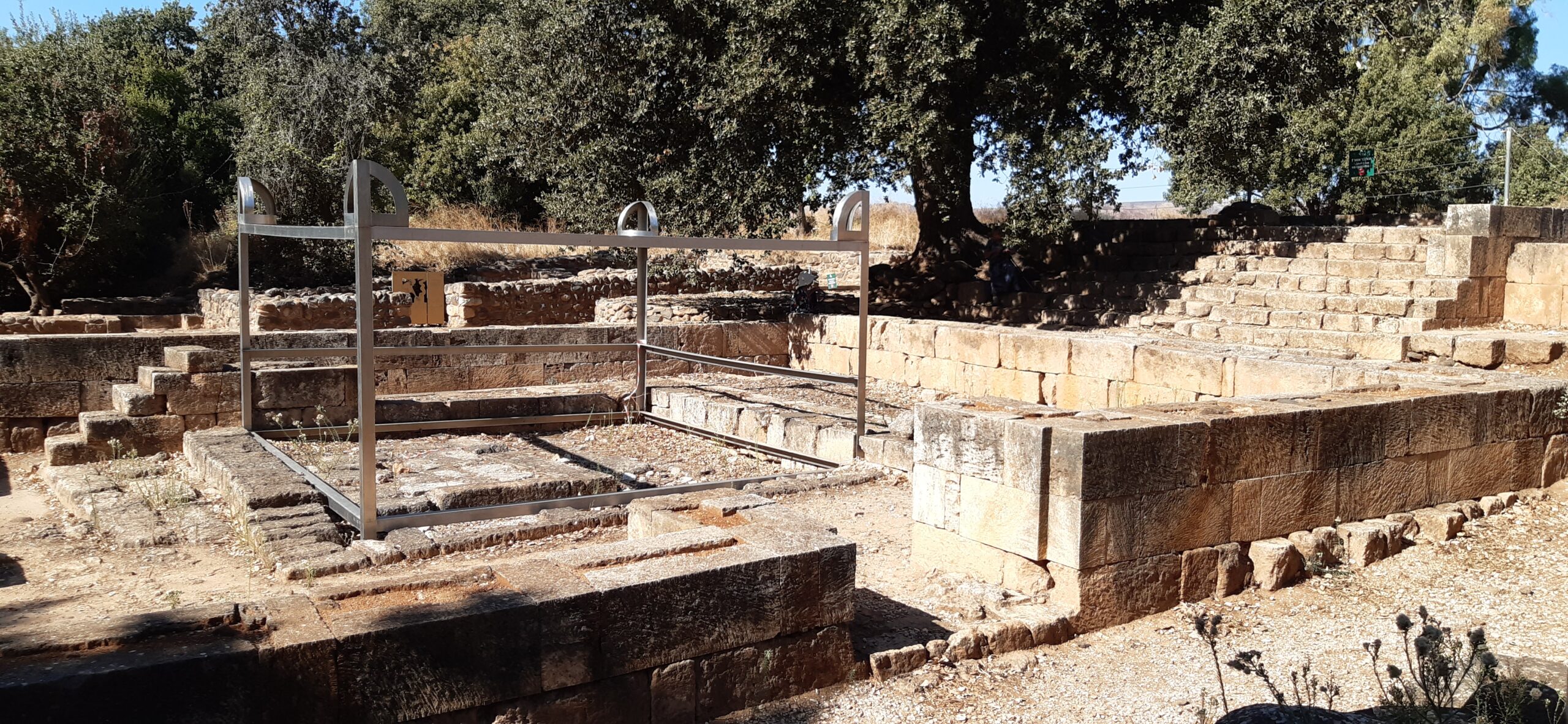
Before leaving Tel Dan we saw a very ancient Cannanite gate, likely seen or passed through by Abraham when he came here to save Lot. (Genesis 14:14) (We had some discussion about the anicent name of Dan was Layish.)
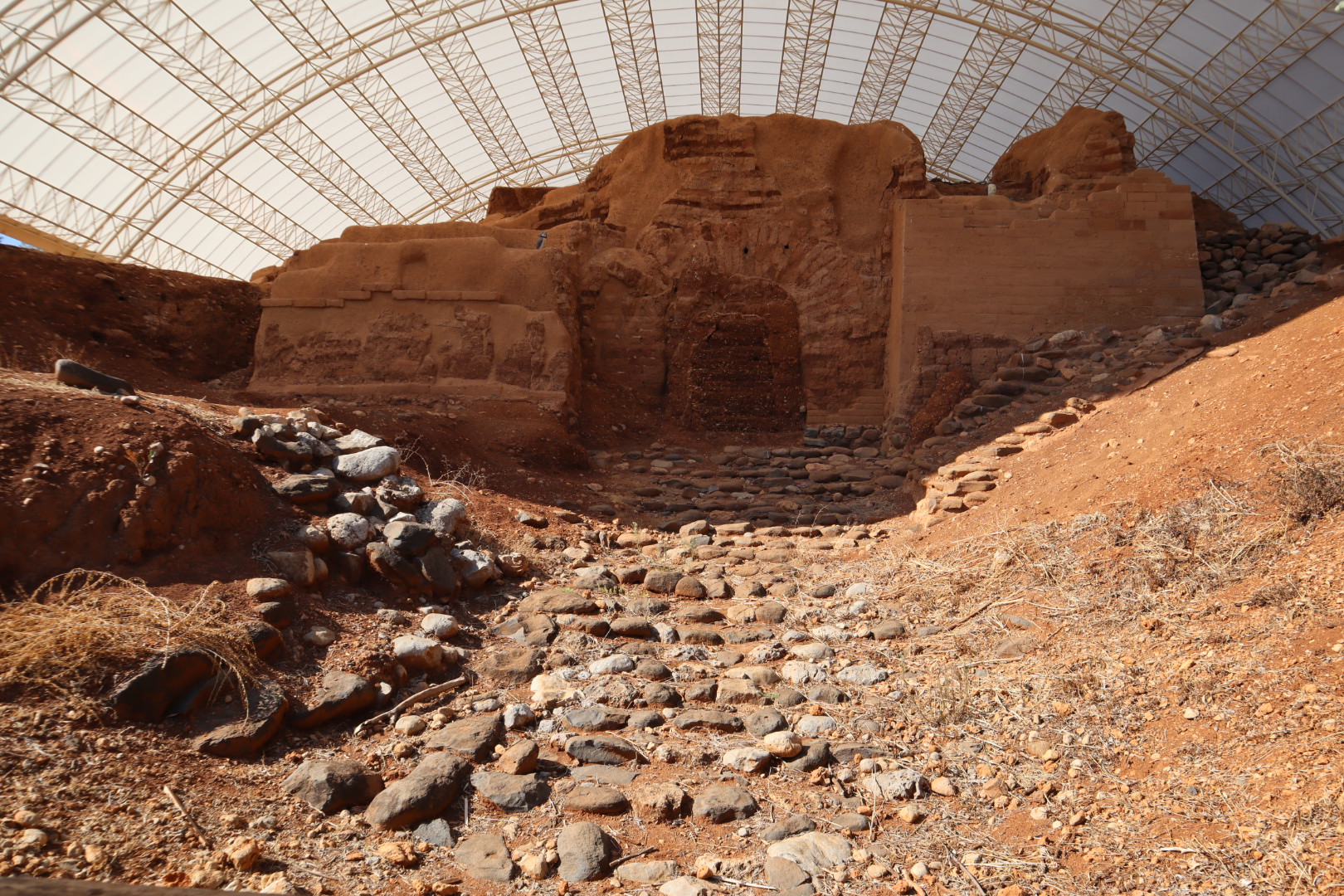
Caesarea Philippi has a area that was a rock outcrop that became a center for the worship of various Greek gods. Pan, Nemesis and Hades. The “gate of Hell”, or gateway to the underworld, was considered to be here. All the paganism and a concrete “Gate of Hell” adds to the scene in Matthew when Jesus brought his disciples here and noted that “the gates of hell” will not prevail against the church that He established. Was “the rock” Peter? His confession that Jesus is Lord? Jesus? Whatever Jesus was alluding to, the pagan temples are now only ruins, but His church is still alive.
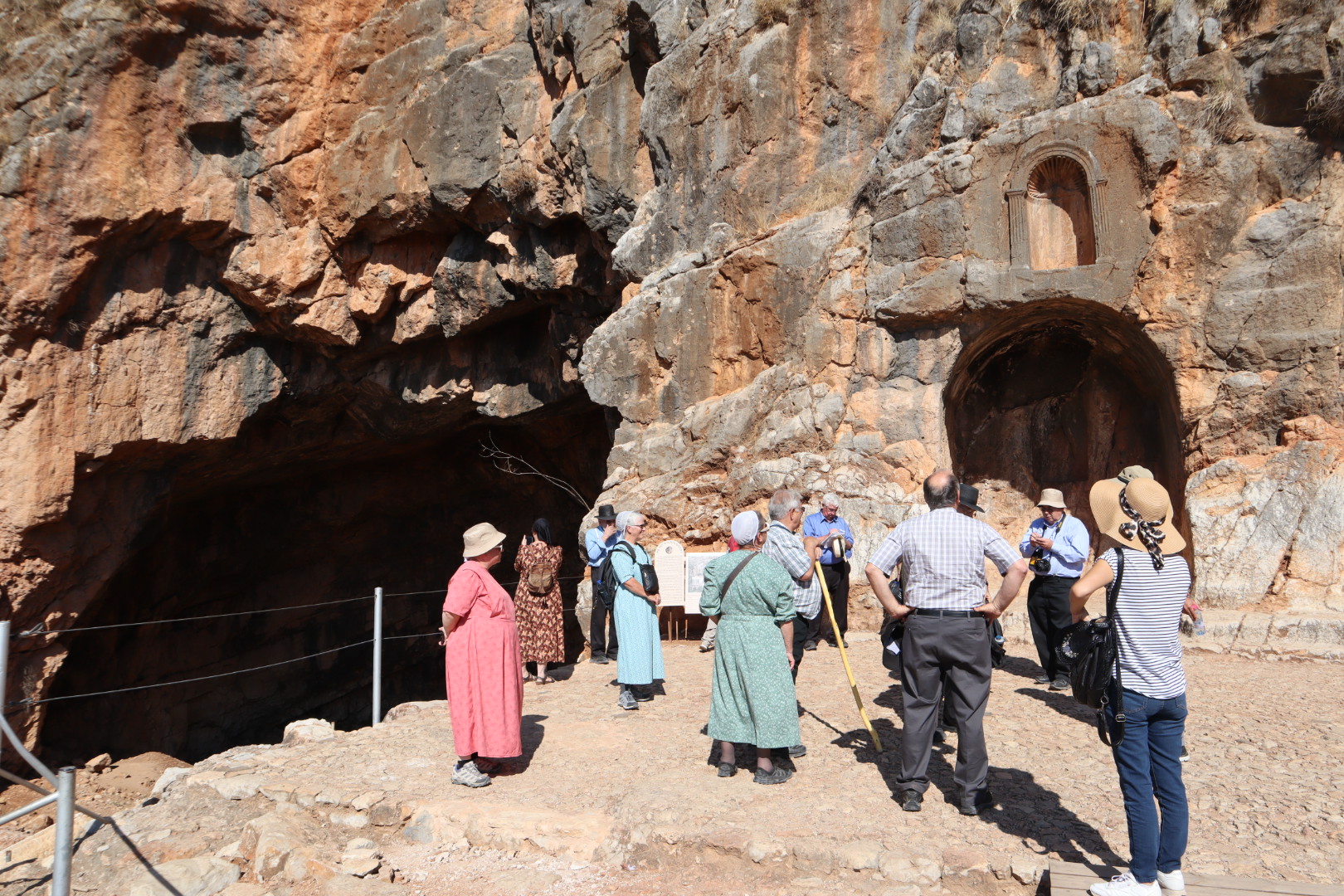
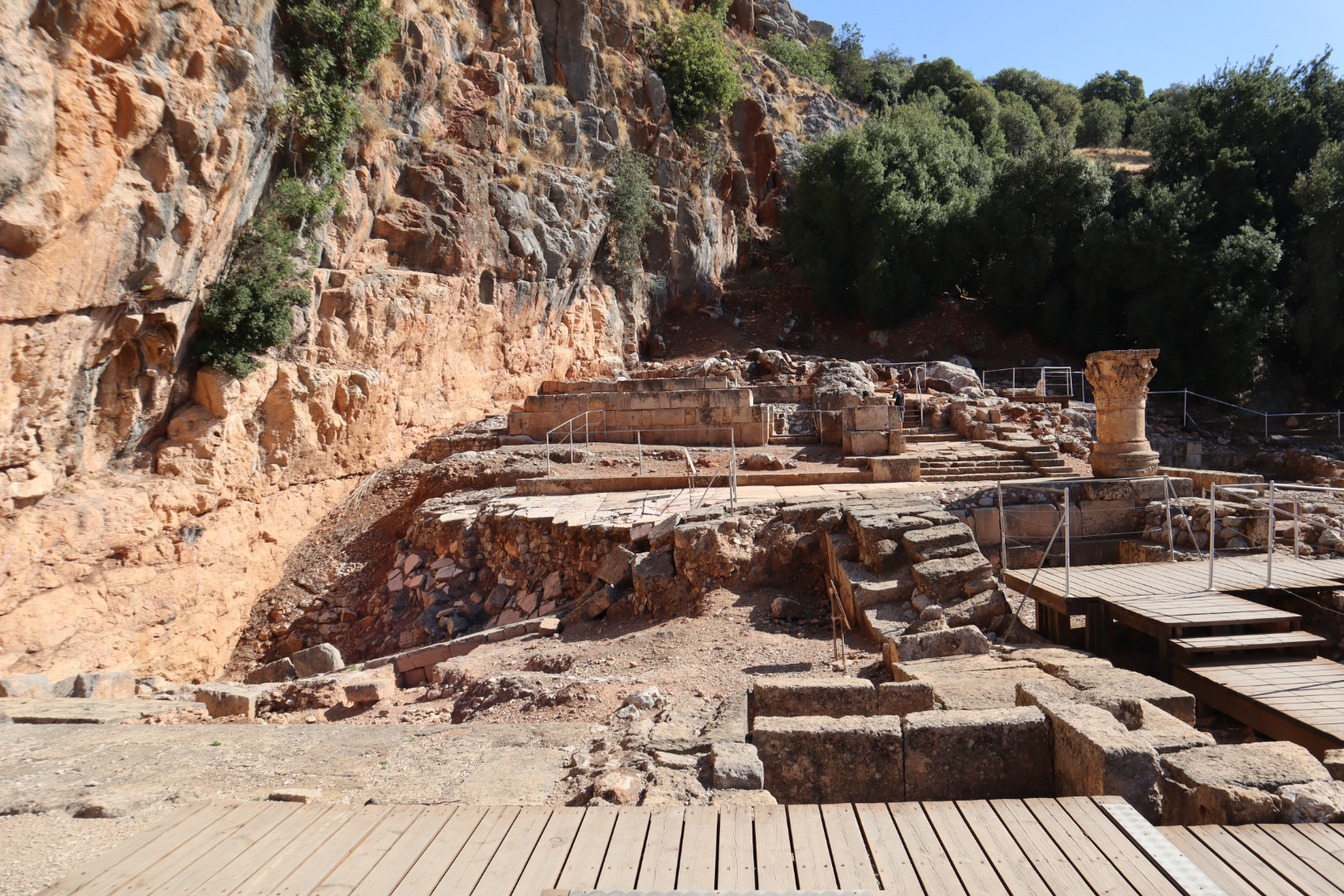
The Bania springs, located in Caesarea Philippi, are another source of the Jordan River.
We ate a lunch of salad, Turkish coffee and backlava at the Alsultan Restaurant in the Syrian Druze village of Mas’ada. Just outside the front door was a view of Mount Hermon
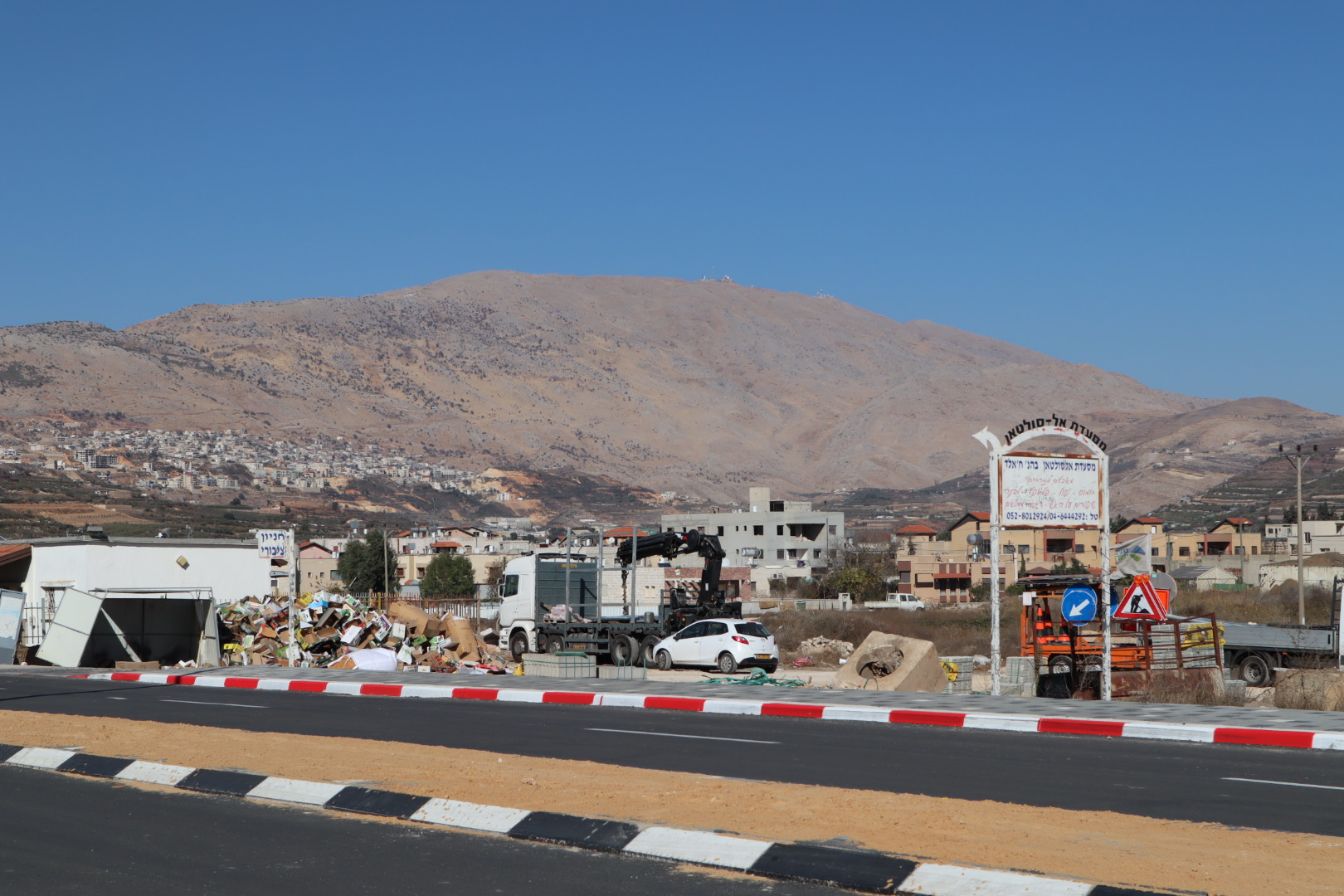
We stopped at a lookout on the Golan Heights with a view of Syria where we bought some olive oil and fruit from a local druze.
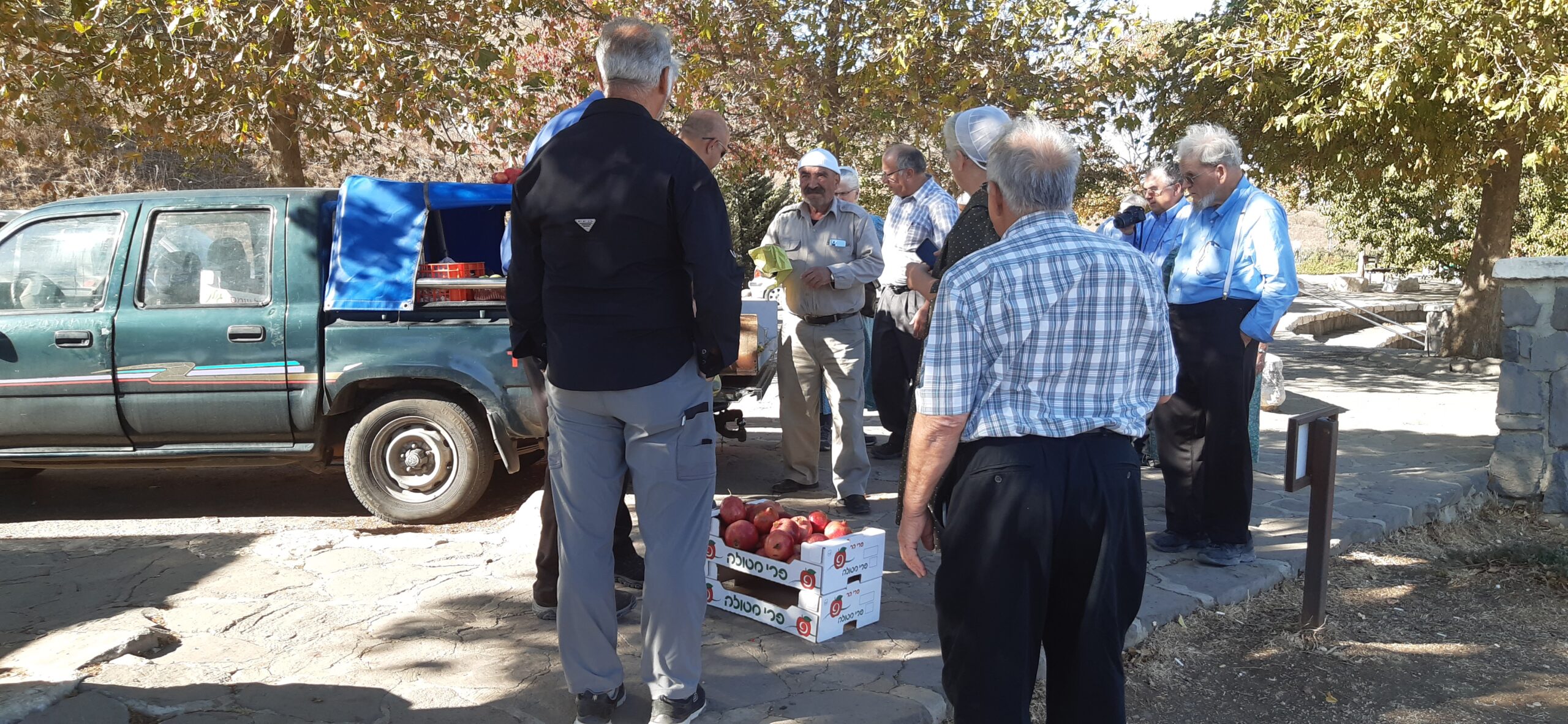
The Bethsaida site we visited was a town of apparent military importance from ancient times all the way till the Syrians left in 1967. This was very evident by the wall, gates, storage areas & its high perch overlooking the surrounding area. This is also where several of the disciples were called and a blind man was healed, importantly, outside the city. Andrew pointed out that this area was Jewish and very devout in Jesus’ day. A triangle between Bethsaida, Chorazim and Capernaum was where most of Jesus’ ministry occured. It was also the place where the rabbi and disciple concept was established, which is interesting as Jesus made use of this model and made it applicable to Christianity. We also noted the curse on this town.
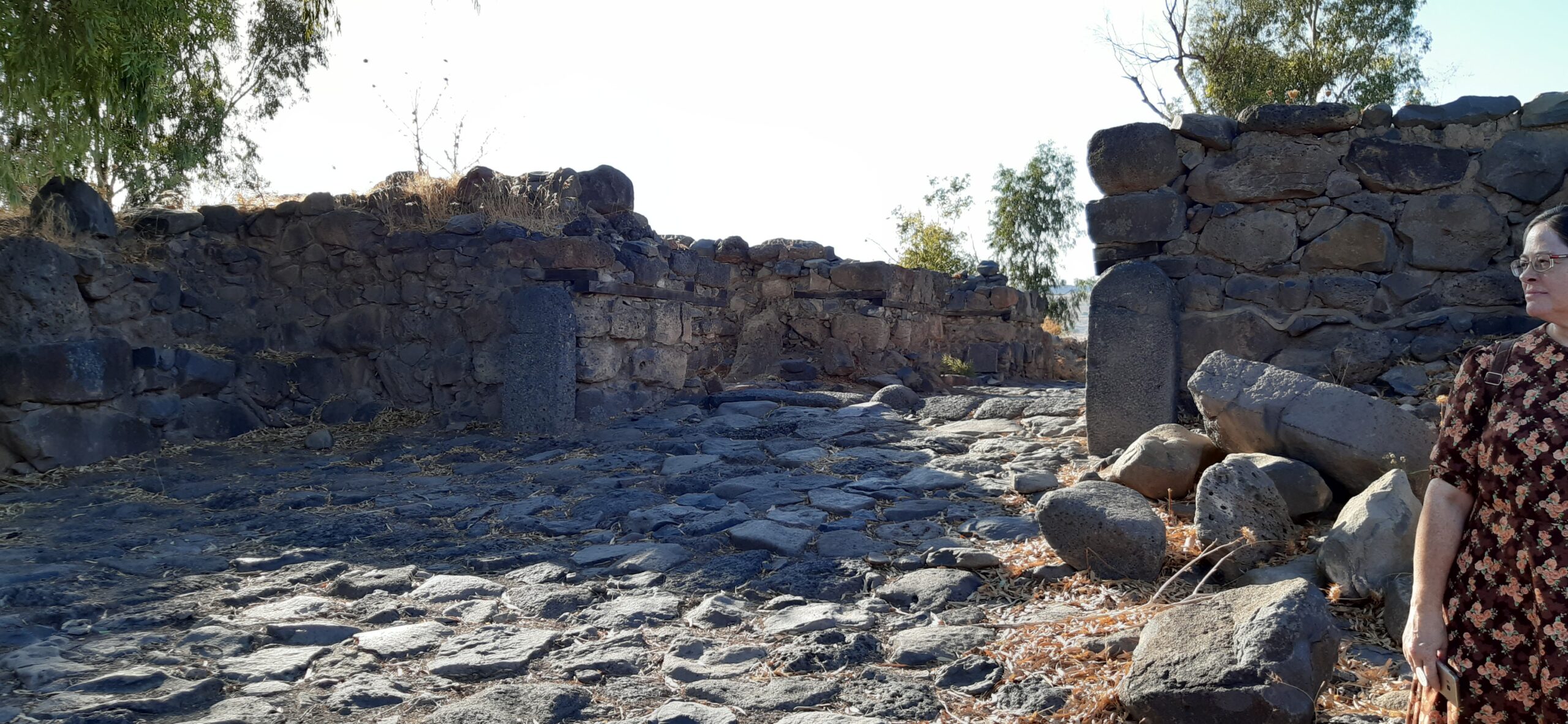
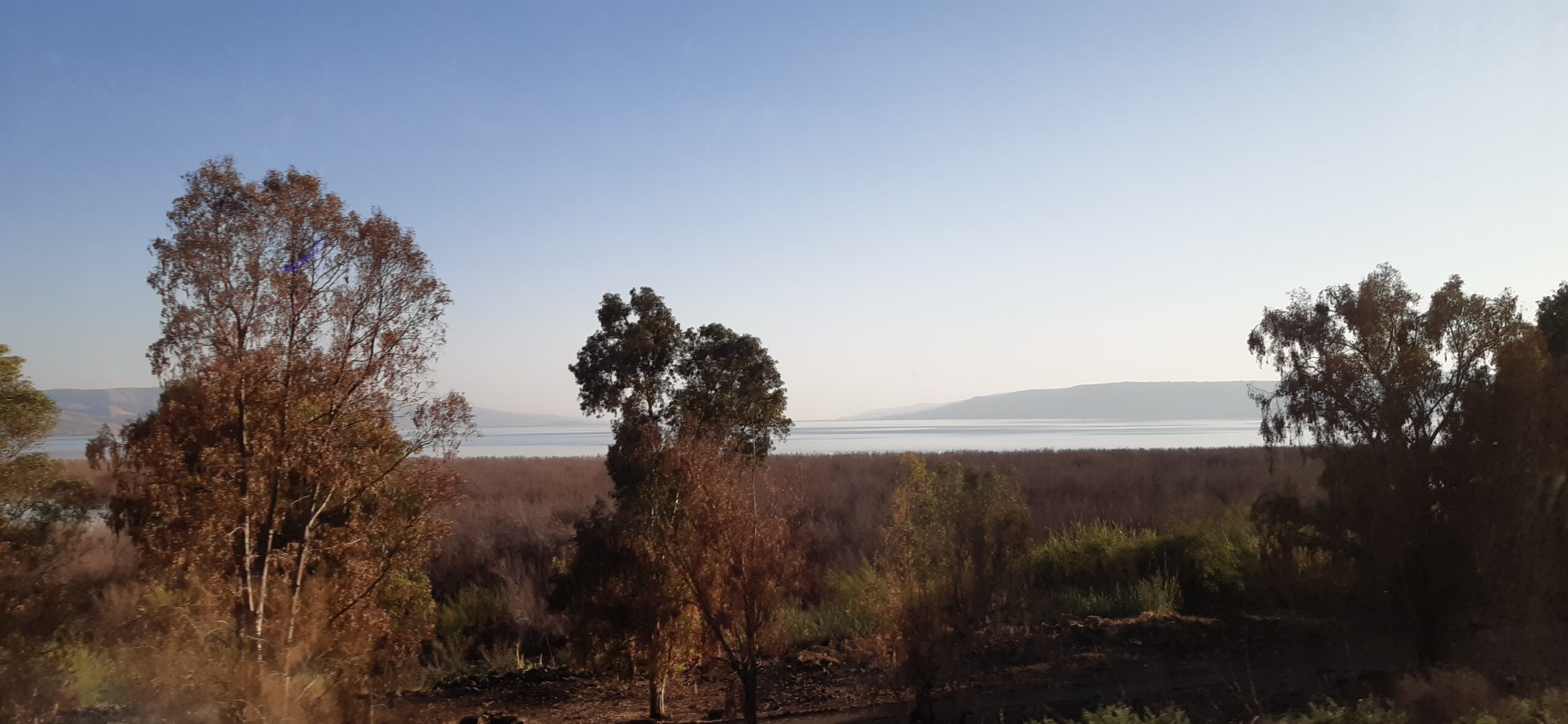
At the Mount of the Beatitudes we visited the church and had an enjoyable time reading the beatitudes at an area on the hillside over looking Kinneret. We read it in 3 languagues: Andrew in English, Amos in German and James in Romanian. An open time of commenting yielded interesting & inspiring thoughts and conversation. It was worthwhile to take some time to meditate on this Galilean hillside.
